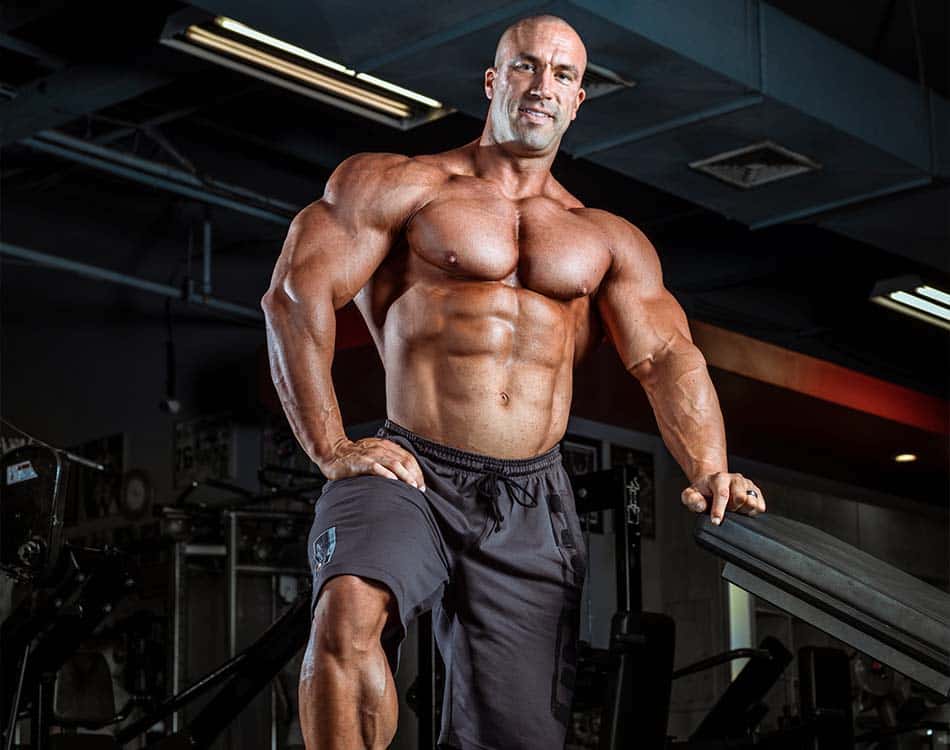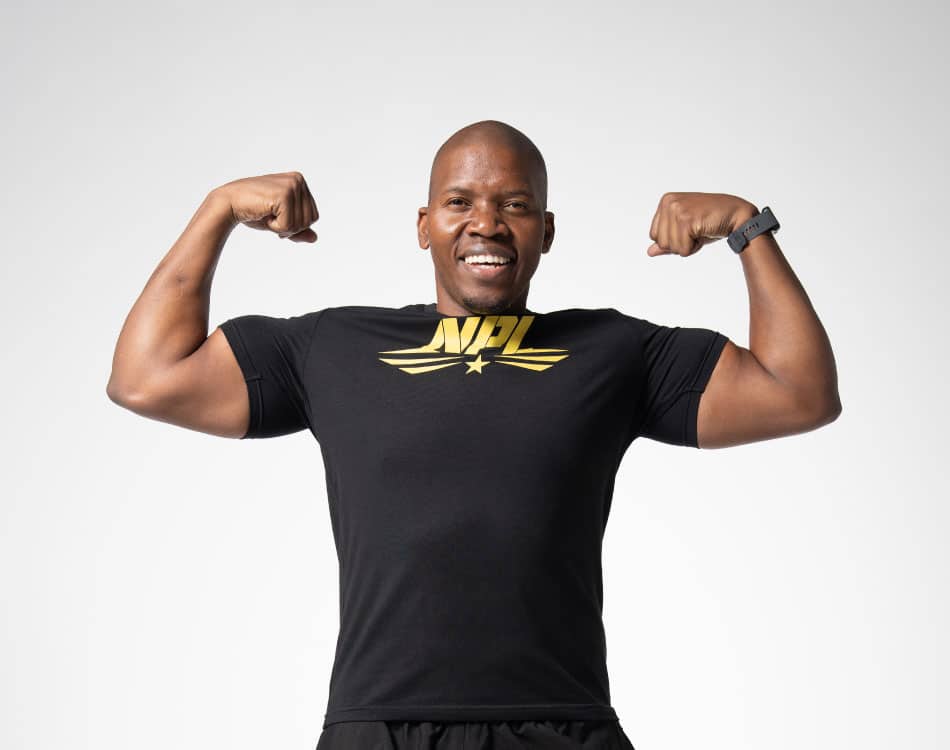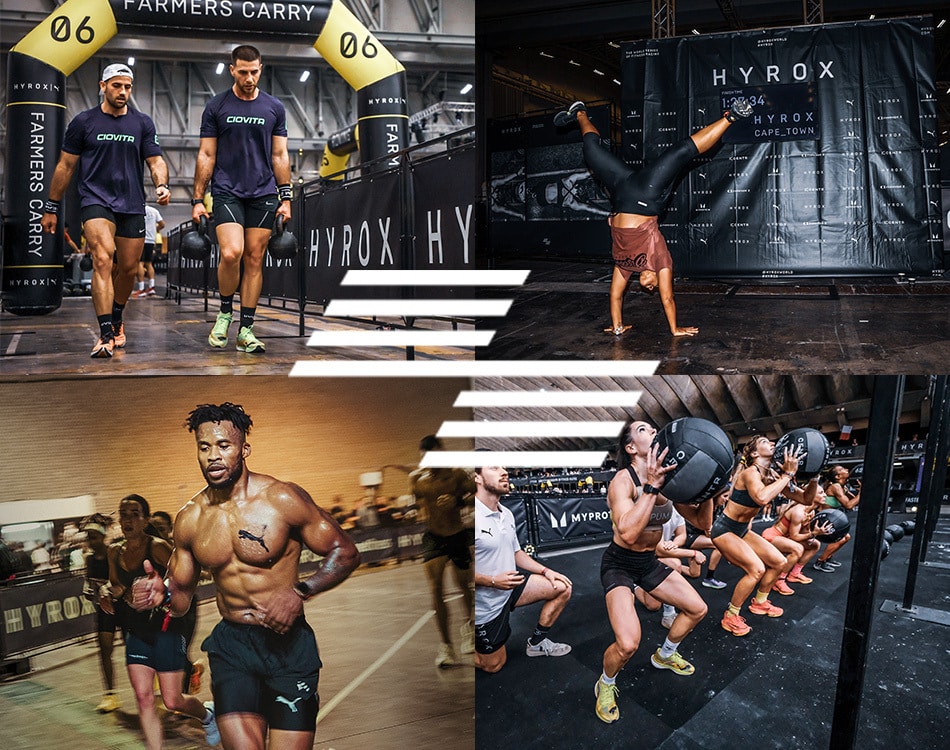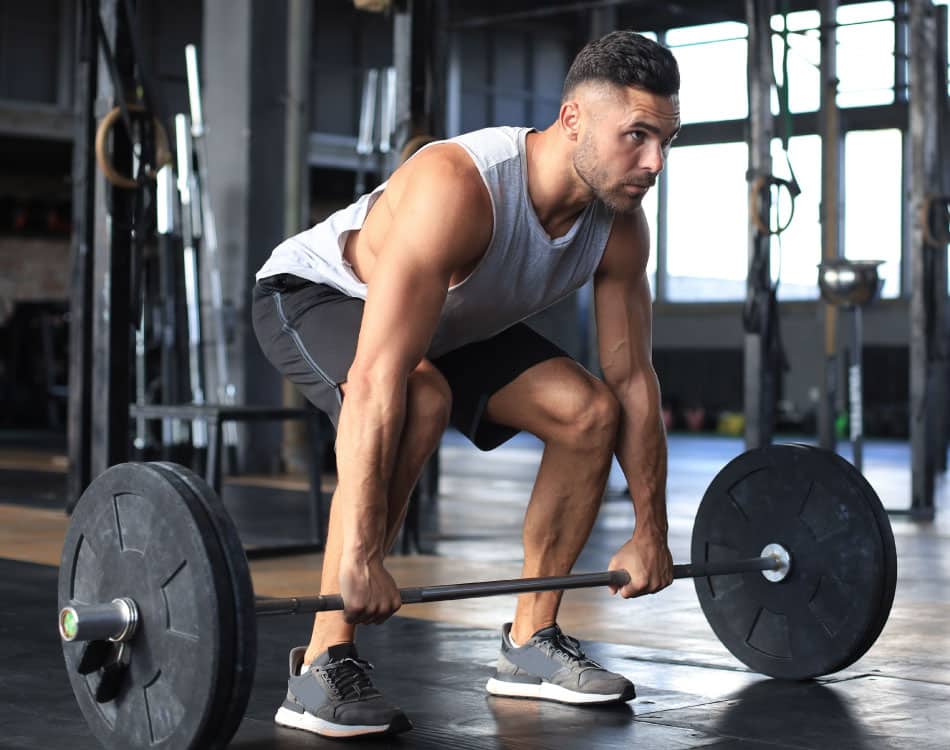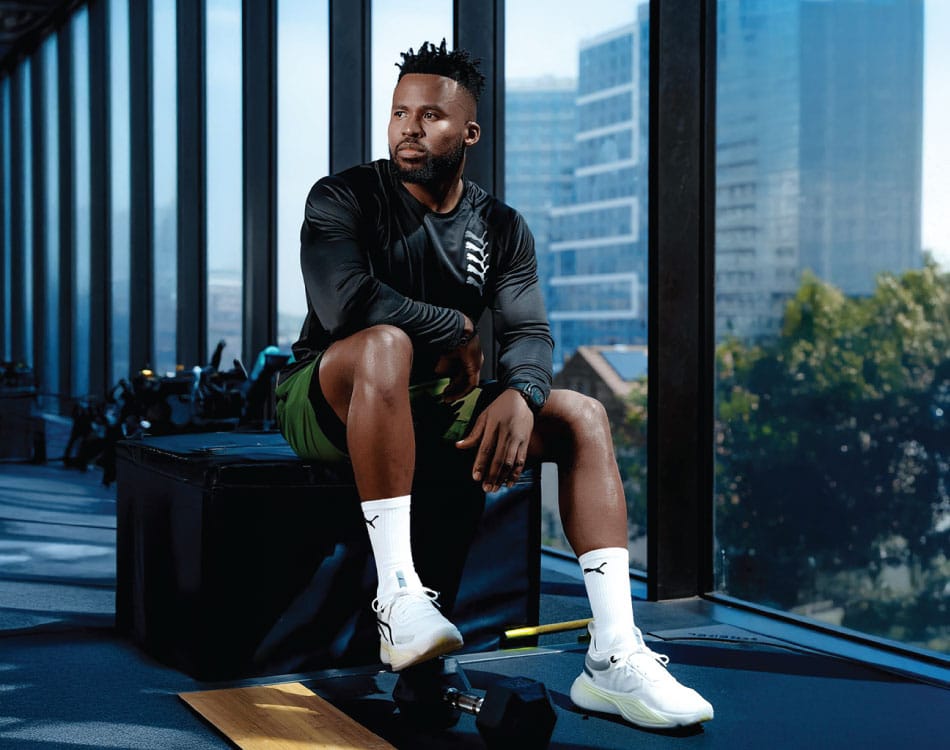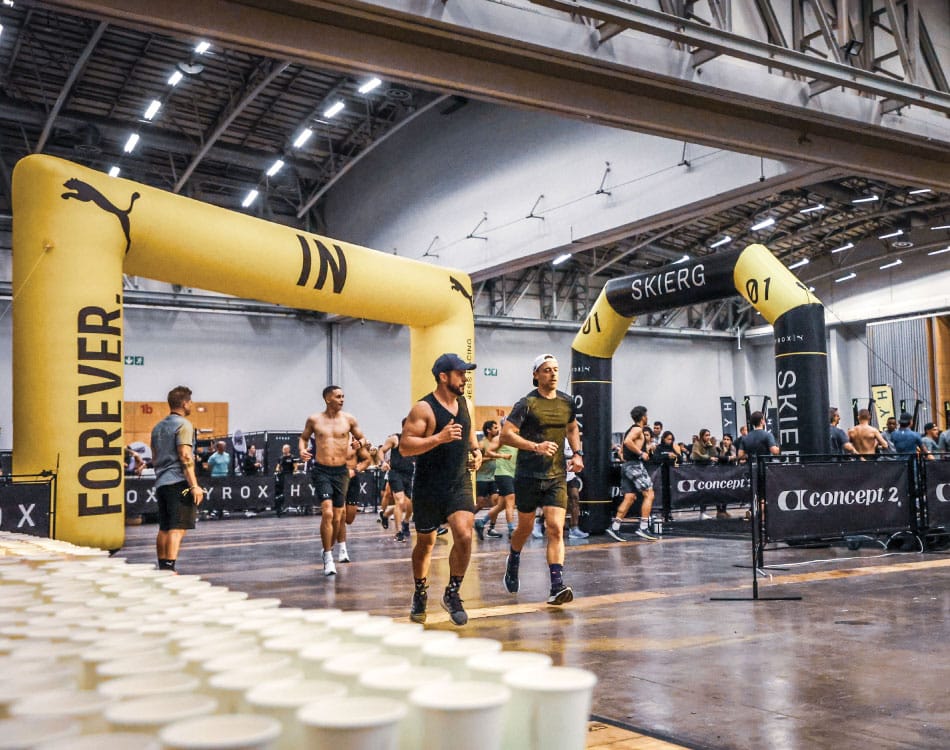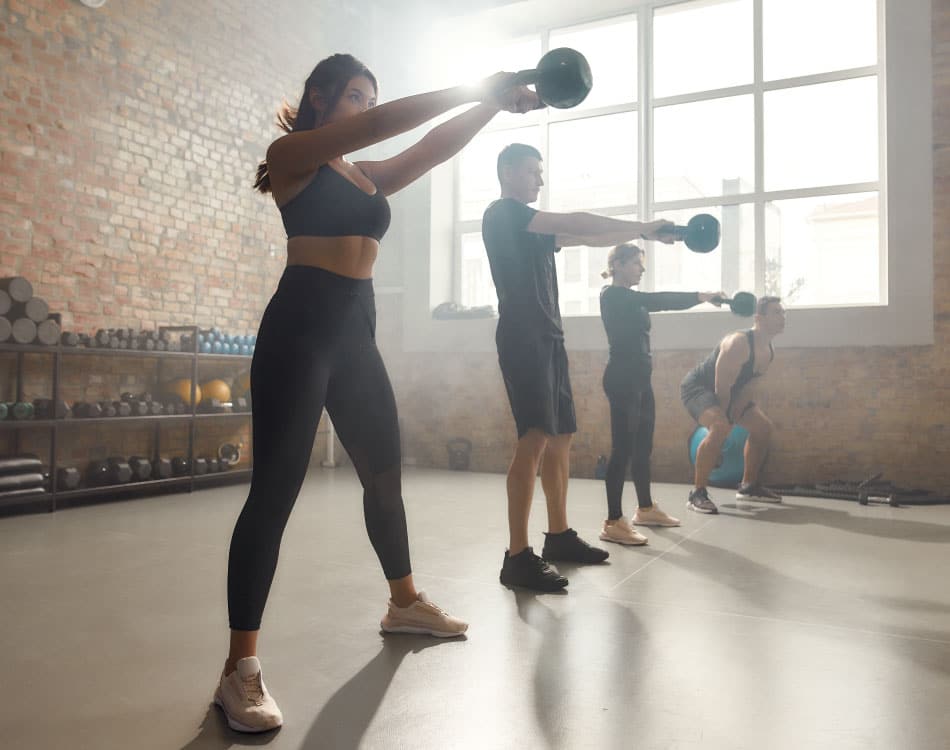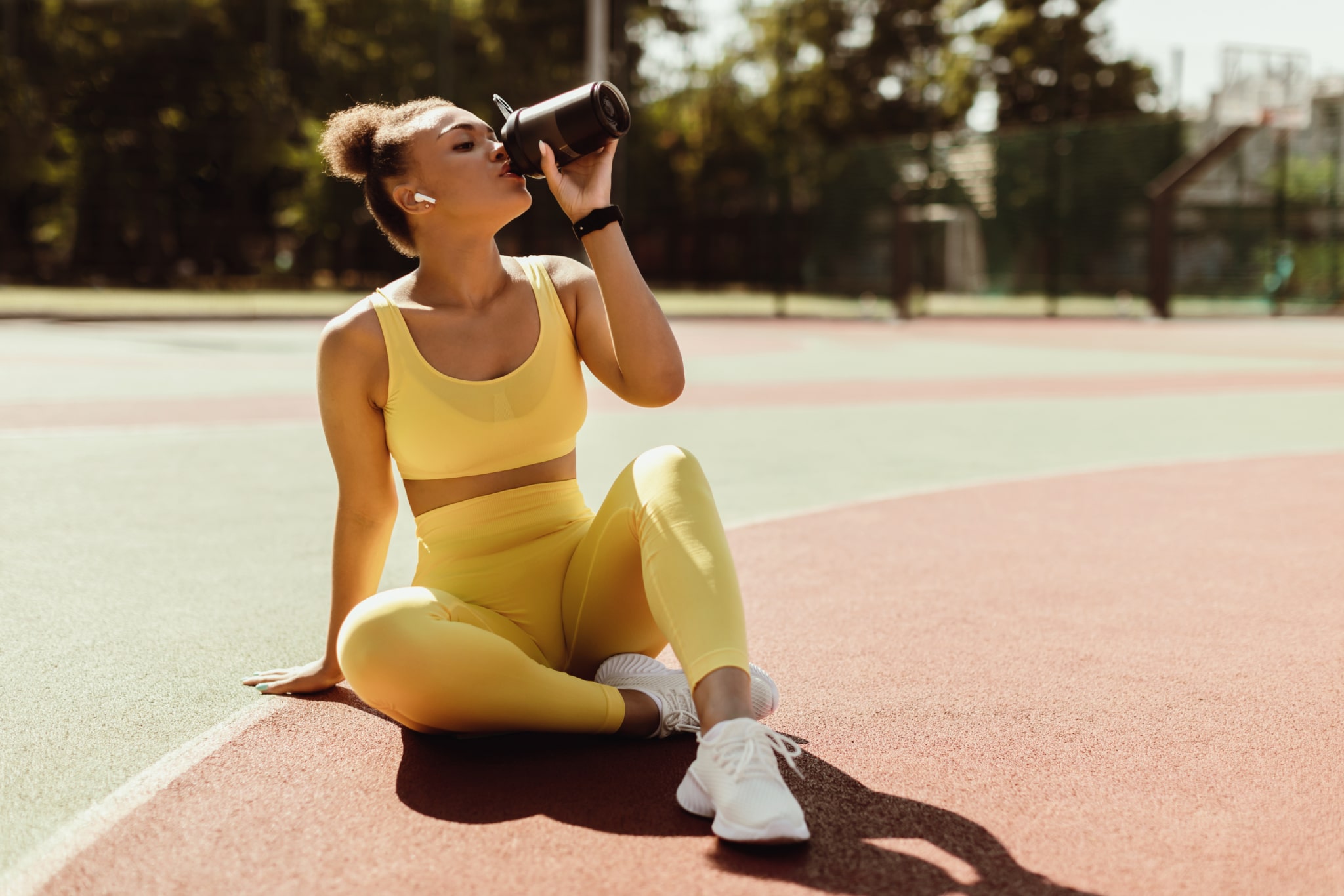Based on the latest lockdown regulations, it seems unlikely that gyms will reopen anytime before July.
For physique-conscious gym-goers, this is a sobering reality. After all, you need heavy weights to build serious muscle.
So, should the more muscular among us resign ourselves to this new reality, where a loss of muscle and strength is unavoidable? We asked one of SA’s best (and biggest) bodybuilders for a few tips.
Online coaching pioneer
Andrew Hudson is a professional Pro League bodybuilder, USN ambassador and ETA-qualified personal trainer and coach.
With over a decade of experience as a personal trainer and nutritional advisor, Andrew has pioneered online coaching in South Africa. In the process, he has built a solid reputation as a master of 12-week transformations.
With a tremendous amount of experience, he has a proven track record and a variety of tools to help his clients achieve their goals, whether that’s losing a few kilos or standing on the world’s biggest competitive stages.
Light weights
And he’s applying all his experience, knowledge and skills to keep his clients in shape during the lockdown.
“What people need to realise is that with the right approach to training and nutrition, you can still maintain muscle, even with lighter weights or lower resistance,” explains Andrew.
“I have reinforced this with my clients throughout the lockdown and will continue to do so until gyms reopen.”
The trick, he says, is to work as close to failure as possible.
“With lighter weights, this generally becomes a matter of pushing mental limits rather than a physical limit or a point of mechanical failure in a muscle. Using light weights to their full potential simply requires mental willpower.”
Reps in reserve
It is a skill that clients must develop over time, with some trial and error. As a guideline, Andrew now prescribes workout plans based on reps in reserve (RIR) rather than a set number of reps or a rating of perceived exertion (RPE).
“Depending on what tools and exercise equipment you have at home, I recommend working to 3 RIR.”
The metric, created as a computer software application by strength and conditioning coach Robert Frederick, is basically the same as the RPE system, just in reverse.
RIR basically outlines how many reps you should have in reserve when finishing a set. The idea is to complete a set with a predetermined RIR, which is how many you could do if you took that set to failure.
Here’s how you apply the RIR protocol to your training:
- 0 Max effort – no more reps possible.
- 0.5 Could possibly do 1 more rep
- 1 Could definitely do 1 more rep
- 1.5 Could do 1, perhaps even 2 reps
- 2 Could definitely do 2 more reps
- 2.5 Could do 2 more reps, perhaps even 3 reps
- 3 Could definitely do 3 more reps
- 3.5 Could do 3 more reps, perhaps even 4
- 4 Could definitely do 4 more reps
- 4.5 Could do 4 more reps, perhaps even 5
- 5 Could definitely do 5 more reps
“Even advanced lifters can apply this approach to good effect. It also ensures they don’t do everything to complete failure, which can be exceptionally taxing on the body, especially on the big compounds,” continues Andrew.
Get creative to avoid a rut
It’s an approach Andrew is also applying at home, where he has a limited number of dumbbells and an Assault AirBike for conditioning.
“Obviously, some weight is better than no resistance but if you don’t have access to any traditional options, get creative. If you don’t, it’s easy to fall into a training rut.”
He recommends using bags of flour, filled water bottles or any other household or garden item that you can safely move around like a weight.
“Even though the exercises may be different from what you’re used to, the injury risk will remain relatively low.”
Andrew recommends increasing training volumes per exercise, with a focus on multi-joint movements like lunges, squats, stiff-legged deadlifts and step-ups, among others.
“Increase your exercise frequency or volume, aiming to hit 8-10 sets per muscle group.”
You can also save time by super-setting with antagonist muscle groups. “And consider targeting muscle groups multiple times per week.”
Readjust your expectations
He also advises bodybuilders to adjust their expectations. “As soon as lockdown happened, I pulled most of my clients into a maintenance phase. Only those who have access to a home gym are working on a building phase.”
And it’s not the time to diet down or work towards a weight-loss challenge. “COVID-19 is an unknown threat. This is not the time to work to extremes. Most of us will experience lower activity levels throughout the day, so adjust your calorie intake accordingly.”
Andrew’s lockdown maintenance supplement stack includes:
It is also a great time to focus on any weak areas or imbalances during the lockdown, and those aspects we often neglect, adds Andrew. “Just do the best with what you’ve got.”

